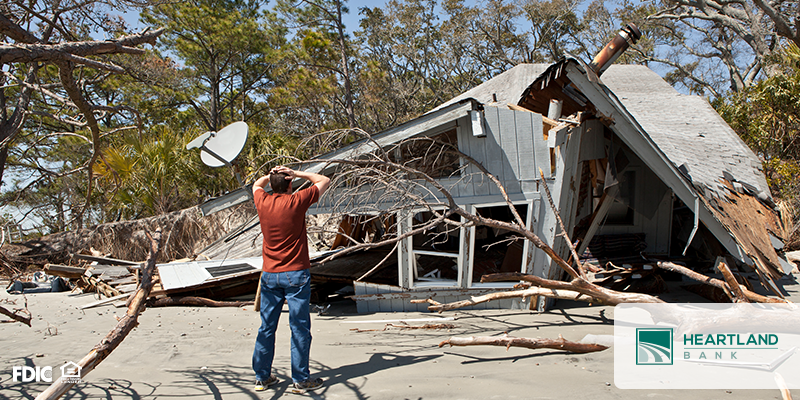The spring semester is quickly approaching, and with the impending holiday break in a few months what better way to spend your time than searching for scholarships? While it may not be on the top of your to do list over your break to take the time to find and apply for scholarships, taking this initiative can pay off in the long run. Most college graduates leave with a diploma in one hand and $27,857, on average of student loan debt in the other. Help yourself reduce that amount with these scholarship hunting tips.
1. Scour the internet: The internet will be your best friend when looking for scholarships. One place to start searching for scholarships is looking for those that are tied to your major or interest. Check with your college, department and university websites for opportunities. Read emails professor send out, since they can contain scholarships that can randomly come across their desks. Try searching for fun scholarships for things like being over six feet tall, being left-handed, or other unique characteristics. You’d be surprised what you’d be able to find!
2. Shop Local: Most community organizations have a scholarship program. This is an easy opportunity to connect with members of your community to find out more. Check with your high school counselor who probably has a list of local organization that offer scholarships. Check with your local Rotary Club, Chamber of Commerce, Kiwanis, churches, your parent’s employer and other businesses within the area for more opportunities. Don’t forget, Heartland Bank gives out four $500 scholarships each year! Contact your high school counselor for information.
3. Resources: Use your resources! Outside of using search engines and local scholarship opportunities, you can search for scholarships on databases dedicated to helping students find scholarships. Below are website resources you should enlist during your search:
a. College Board’s Scholarship Search
b. FastWeb
If you’re looking for more tips or solutions to help fund your higher education, our team of professionals are ready to assist you today. We’d love to help you set up a savings plan or loan option to help meet your needs. Contact us or stop by today!




